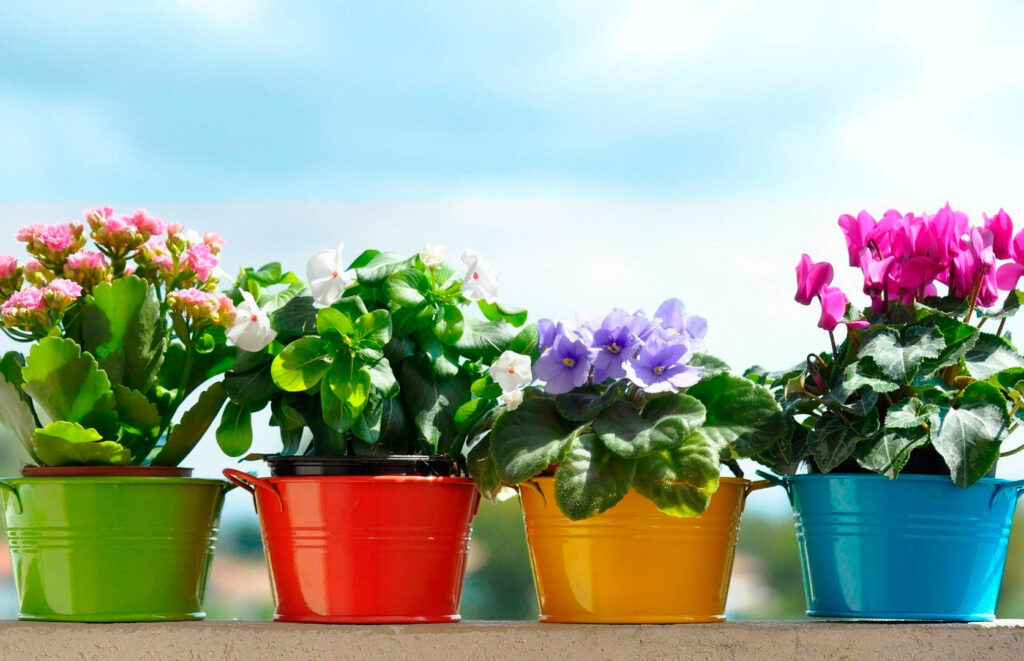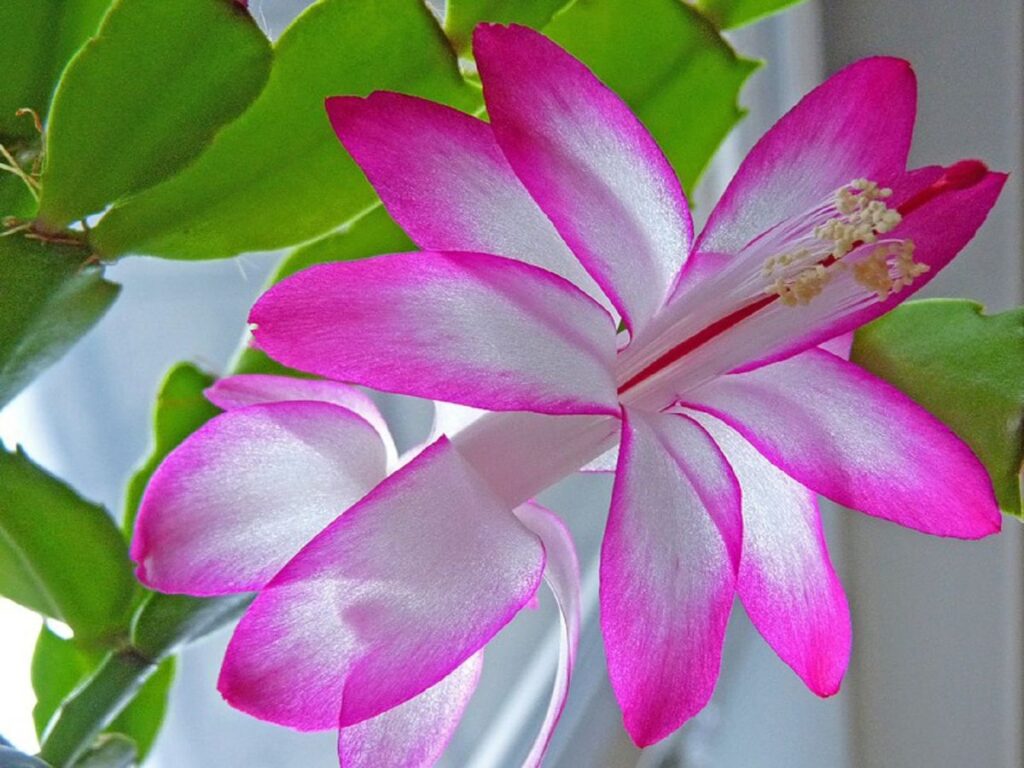Greenery in the interior of the home is not only beautiful, but also useful. Learn how to properly care for your little home oasis.
In recent years, the fashion for houseplants has increased markedly. Absolutely, because the desire for minimalism and eco-friendliness dictates our own rules, so we buy neat plants in pots and create green islands of joy at home. Plants improve indoor air quality and the green colour itself relaxes your eyesight and gives you peace of mind.

But very often indoor plants die quickly due to improper care: The leaves turn yellow and fall off for an unknown reason, or the roots begin to rot.
How to Properly Care for Houseplants
It is important to consider the most basic factors that affect the life of indoor plants. Proper care consists of a set of initial conditions and regular actions.
Light
Every plant species loves light. With few exceptions, indoor flora prefers a bright spot: on a window sill or balcony. Especially important is a powerful source of light for colourful plants with bright leaves or flowering specimens.
Light-loving plants (aloes, gastrias, cactuses, roses, azaleas) grow towards the light. Their buds and leaves pull towards the window glass, so it is important to turn the flowerpots so that the stems do not grow curved.
Sometimes it is necessary to lift the pot slightly or tilt it towards the light, you can use stands or hooks.
Squeezers
You should not put flowerpots with indoor plants in a place where draughts are walking. Put the plants in a safe place before you air the room. During cold weather, keep houseplants away from cold window panes if they are not insulated or if there are cracks in the frames.
Watering
Watering for domestic plants is extremely important. All plants experience a lack of moisture or too much moisture in different ways, so it is very important to read the care instructions for a particular specimen in detail.
In warm seasons (spring, summer), domestic plants need more frequent and abundant watering. Irrigate the flowers from the sprayer to wash away dust and external pollution, and water the soil from the watering can or bottle with room temperature water.
Boiled water from a kettle is not suitable for watering plants, because it lacks oxygen and trace elements. Use still water at room temperature. You can soak onion husks in watering bottles: They are rich in useful substances for additional plant nutrition.
Plant leaves turn yellow if hard water is used for watering. Soften the water by sedimentation or peat. In a bucket of water there is a hanging bag made of sack with shredded peat. Approximately 20 g peat per 1 litre of water. Leave the bag for 12-16 hours and after watering the flowers with peat water. You can also use water softening agents.
Transplant .
Planting potted plants properly is a very responsible activity. First, it is best to use clay pots. In contrast to plastic pots, they perfectly absorb extra moisture and allow the soil to “breathe”.
Buy a pot slightly larger than the previous one. Stock up on earth, peat or moss, expanded clay and sand.
Put a new spacious pot of expanded clay on the bottom.
Cover it with fibrous peat or moss.
Fill the ground on 1/3 of the pot.
Extract the plant from the old pot, keeping the root system.
Gently dump the old soil and place the flower in the new pot.
Sprinkle some soil from above.
The transplanted flower should be watered in moderation at first until it gives new shoots. For intensive growth you can use special vitamins and additives in the soil for potted plants.
How to take care of the plant leaves
Leaves require separate care, especially when it comes to large leafy and hanging plants. They absorb dust and dirt quickly, so it is important to clean them gently at least once a week.

Processing
Leave treatment is very important for prevention. To prevent domestic plants from getting bored with gnats or mould, treat the leaves and stems with a solution of water and manganese. Treat them twice a week and in some cases you can use soapy water solution. Soap foam is effective if there are small bugs in the pots, which feed on the leaves of indoor plants.
Shower .
Room plants need a shower! Arrange a bath day for the plants once every 2-3 weeks. For this purpose, use either a shower with a low pressure of cool water or a generously sized spray shower.
Pruning
Some plants can be treated with secateurs or garden shears. Leaves and twigs need to be cut back in season, which speeds up growth and flowering if the plant has buds.